Story by Nathan Ritter, Jensen McKey, Kaelyn Smith and Haleigh Freeman
OKLAHOMA CITY – Two massive winter storms brought record cold temperatures and dumped nearly a foot of snow on Oklahoma over the past week. The storms shut down schools, closed roads and sent residents huddling for the warmth of their homes.

The two storms, which hit the state last weekend and on again on Wednesday, wreaked havoc with the state’s power grid, caused traffic accidents, delayed air travel and forced the closure of schools, churches and businesses.
In Sapulpa Darla Gilbert, the owner of Ken’s Pizza said her sales were down by more than $800 each day because of the weather. “We are also worried about deliveries,” Gilbert said. “About if drivers will feel OK to drive and whether we will be even able to get them (the delivery) to the people who ordered them.”
On some days she said, she has had to close early because there simply isn’t enough business.
Last Friday, Republican Governor Kevin Stitt issued an executive order declaring a state of emergency for all of Oklahoma. On Wednesday, Stitt asked President Joe Biden to declare Oklahoman a disaster area — a move that would allow the state to received federal aid and disaster recovery funds. Biden approved the request Thursday.
Oklahoma have coped with several days of dangerously cold temperatures, freezing drizzle, and treacherous travel, a media statement from the governor’s office said. The first winter storm began moving through the state Saturday night. That storm brought heavy snow, temperatures in the single digits and wind chills as low as -15 degrees.
“The State of Oklahoma is prepared and ready to respond to this storm,” the governor said. “I encourage all Oklahomans to pay attention to the weather, check on your neighbors and use the Drive Oklahoma app to monitor travel conditions throughout the weekend.”
In Muldrow, police officer Joe Cavillo said officials there were working to keep the roads safe.

“What the police do is that if there’s people that have an incident on the interstate or any of the highways they reroute the roadways away from the incident,” Cavillo said. “They do this to be, you know, reactive instead of proactive.”
Cavillo said at the very first when the roads get slick or get black ice from all the oil in the streets, a lot of people don’t realize their vehicle doesn’t have any traction on a sheet of ice on the road.
“It just takes a couple of incidents and people will finally realize that if there’s ice and snow on the roads, then you gotta go slow,” he said. “We’ve got a lot of community helpers, and they help a lot if there’s an accident, they’ll help make sure the, you know, children are secured and they will help people to the ambulances.”
Officials with the Oklahoma branch of the American Automobile Association said motorist should give themselves about three times as much distance as they would normally put between cars.
“In an emergency you will not have enough time to break and could cause crashes,” the organization said. When facing snowy conditions the AAA said motorists should drive slower than normal to reduce the risk of spinning or crashing.

On Saturday, officials with the Oklahoma Highway Patrol encouraged motorist to avoid getting on the roads.
Already, cold weather has forced several schools and colleges to close. In Oklahoma City, Rose State College John Primo, Vice President of Information Technology, announced the college would close its campus Sunday and Monday but added that virtual classes would continue.
Oklahoma City’s MetroTech center was also closed.
Both storms left thousands of residents without power. Data from Oklahoma Gas and Electric’s outage map showed that a majority of those without power were in the Oklahoma City and Edmond area.
Officials also urged Oklahomas to plan for bad weather. Brent Shaw, a meteorologist and leader of automated weather analysis and software at DTN, has great advice for when it comes to weather safety. Shaw a meteorologist for more than 30 years and has consulted for the Air Force.
Before the storm even hits, he said, Oklahomans should “be stocked up well in advance” so they are prepared for anything such as frozen pipes, extreme temperatures, or power outages.
“Second, you know, make sure you wear good, good shoes,” Shaw said. “If you’re going to walk outside, you know, you take slow steps, make sure you can use a handrail.”
If you don’t have a handrail, he be sure to take “slow steps.”
When it comes to driving Shaw said resident should remember they don’t have to go anywhere. “If you have to get out, you know, you’re not real experience driving. You’ve got to take it really, really slow,” he said.
The storms are record breaking with extreme temperatures.
“If you step outside, it does not take very long at all to get frostbite on exposed skin,” Shaw said. “So you don’t want to have any exposed skin.”
He said rolling blackouts were even being used in some areas of the state, which is quite unusual. “They’re going to rotate and say, ‘OK, we’re going to turn this part of the city off for two hours or whatever just to cut load,'” he said.
Oklahoma Gov. Kevin Stitt said residents can help keep the needed services going by being mindful of their thermostat settings and use of electricity. “Working together, even very tiny reductions in energy use can make a big difference,” he said. “State and local crews are working around-the-clock to clear the roads as quickly as possible. Please stay home if you can to allow them to work more effectively.”
Stitt also asked residents to consider their thermostat to 68 degrees or cooler and avoid using large appliances like washers and dryers. “Oklahomans take pride in helping their neighbors and we can make a big difference by taking a few small steps together.”




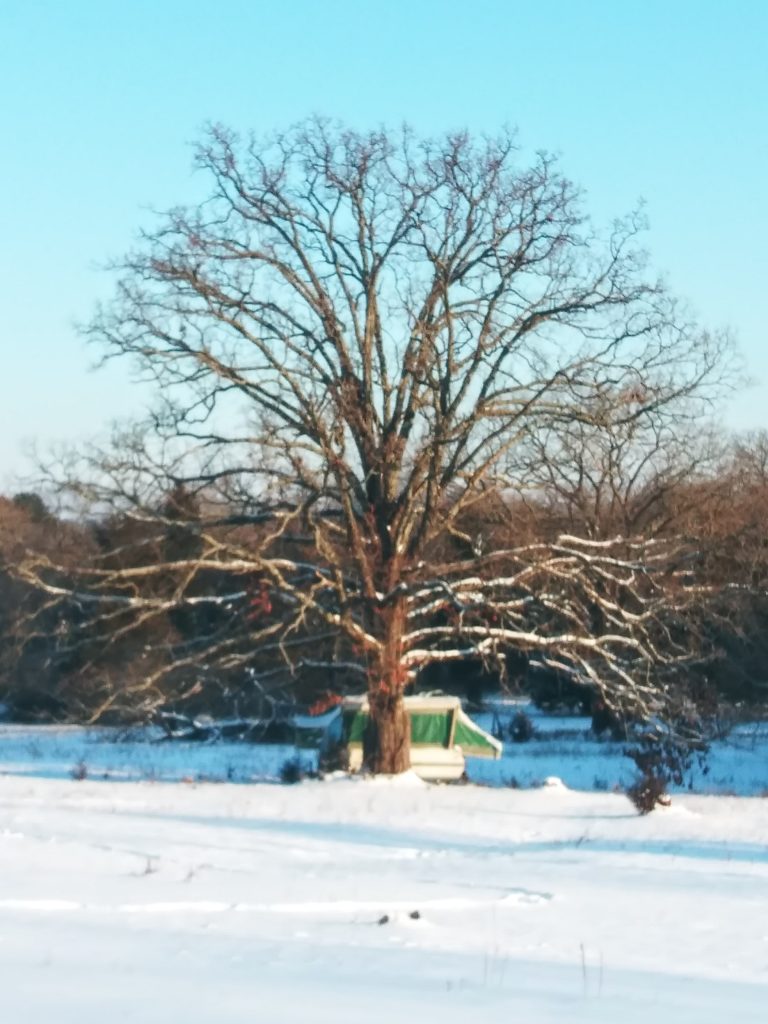
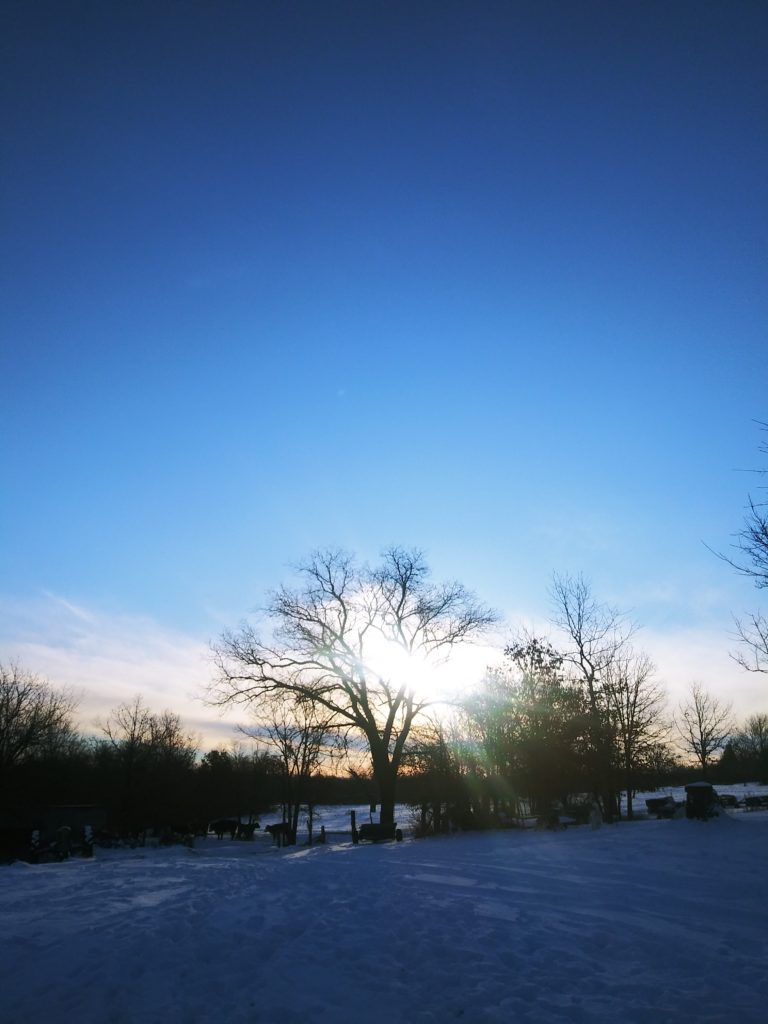





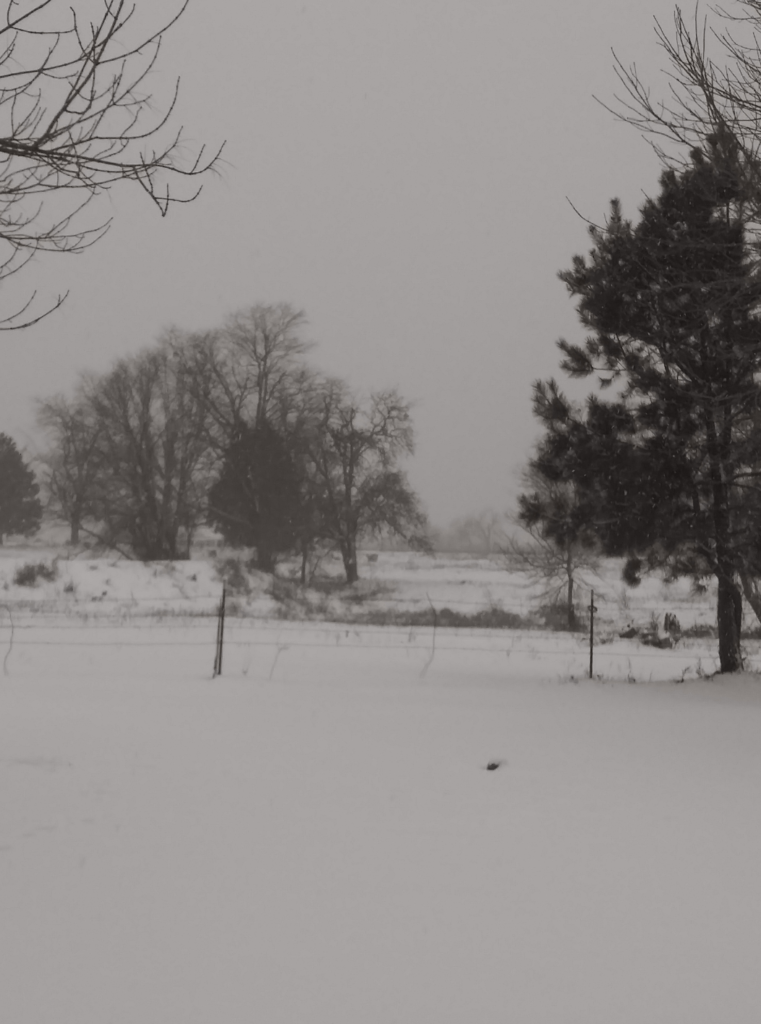



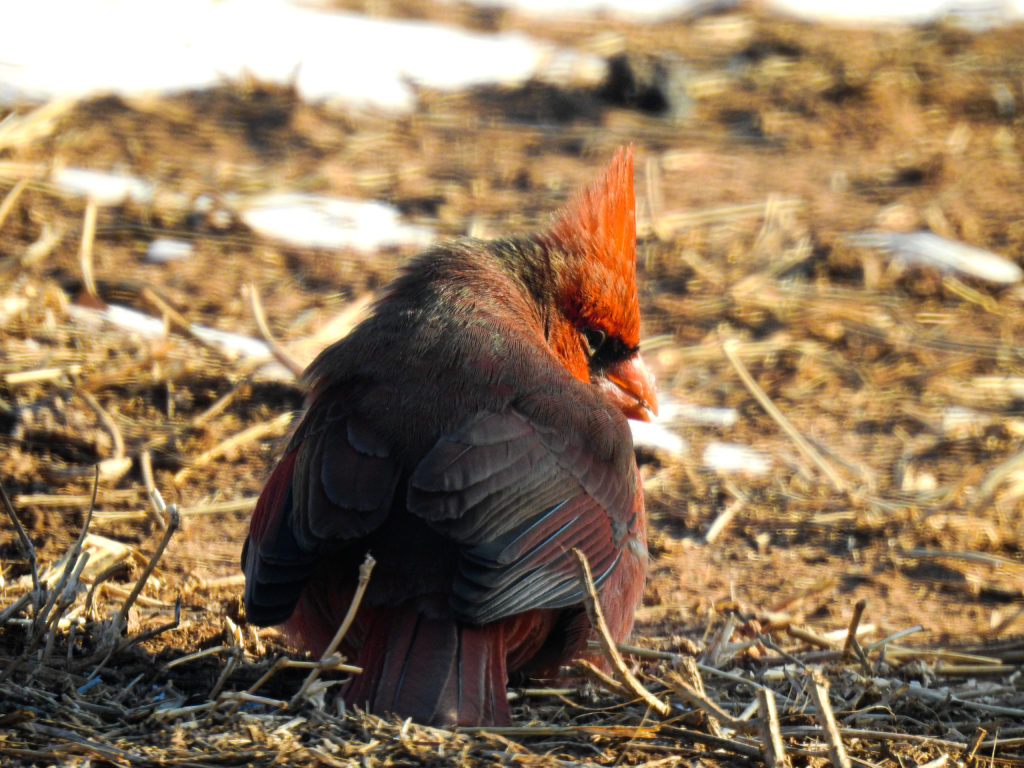






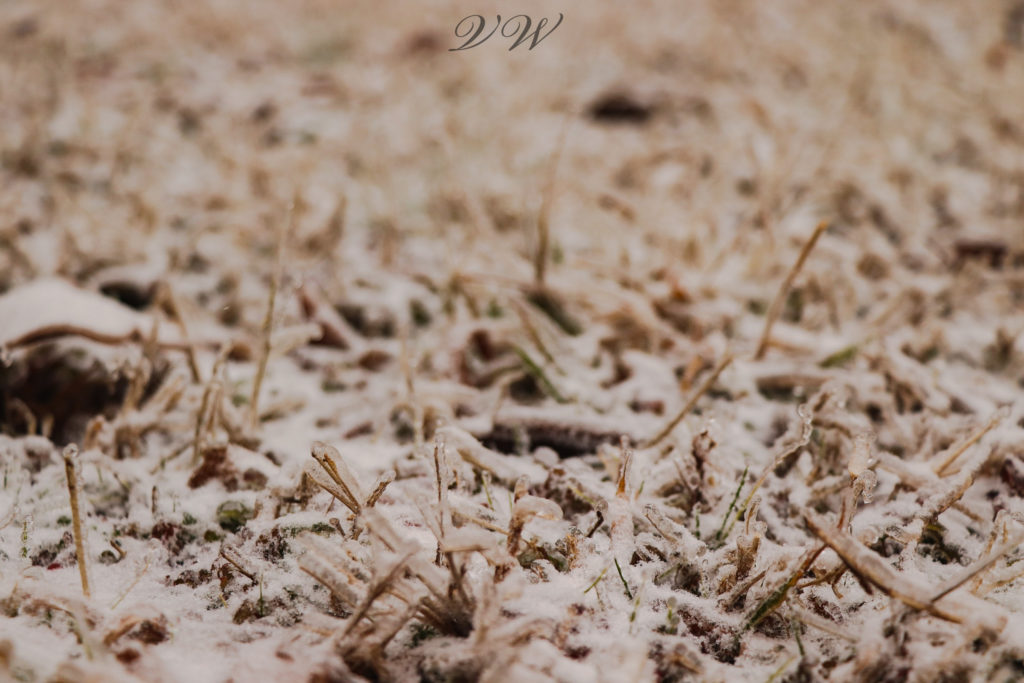

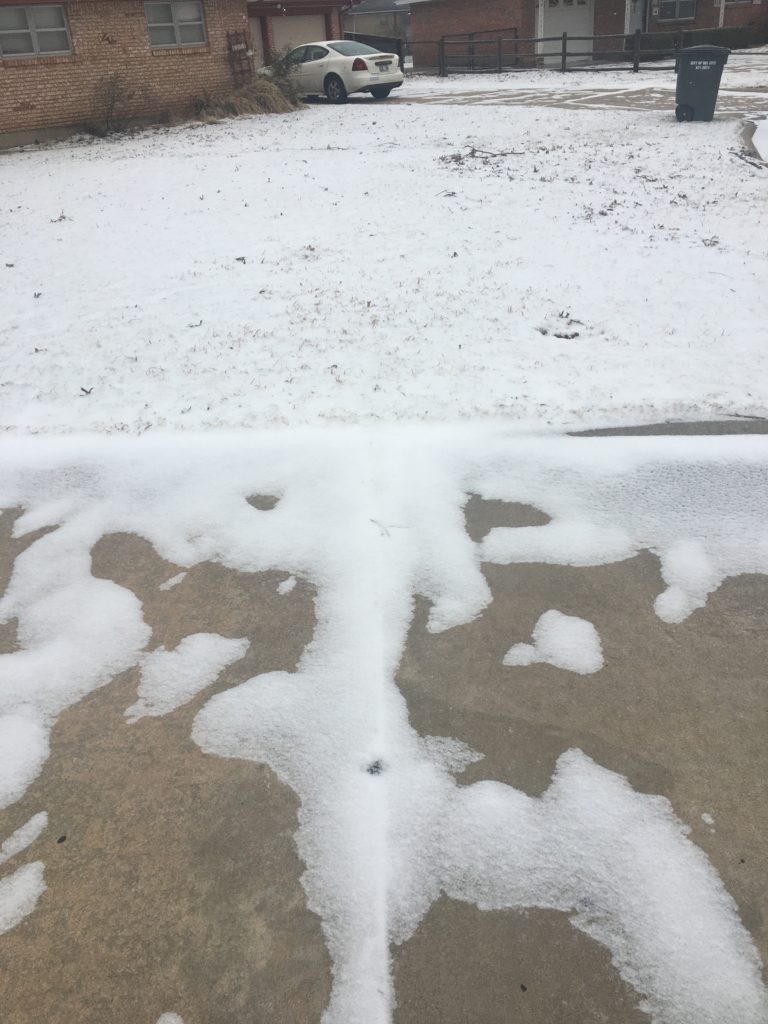




Snow covers a rural area in Northeastern Oklahoma. All of the Sooner State is currently under a Winter Storm Warming. ENN photo by Vanessa Williams
EDITORS NOTE: This post was update on February 19 to incorporate new information and additional photographs.

